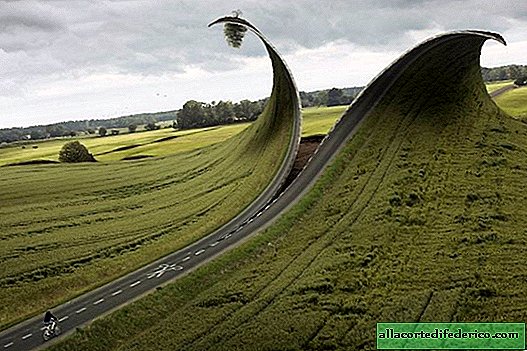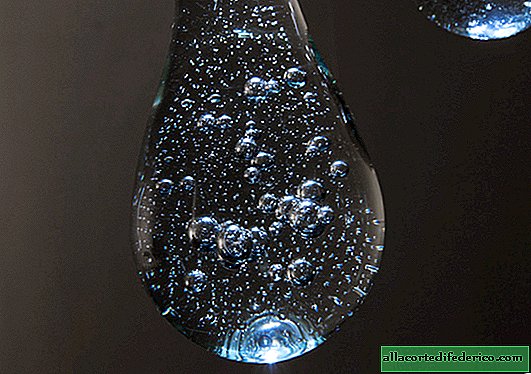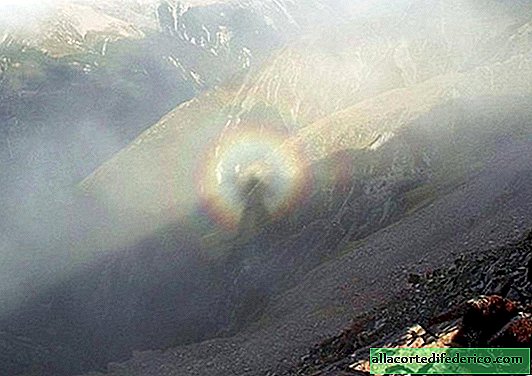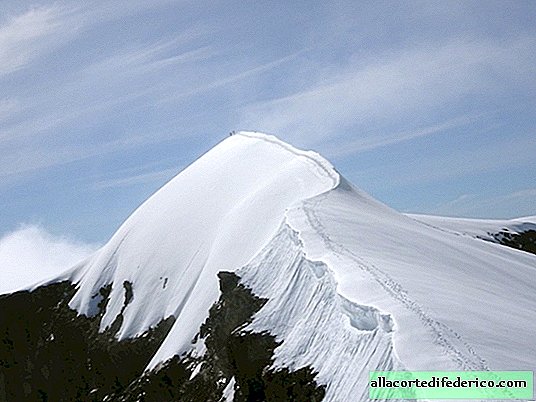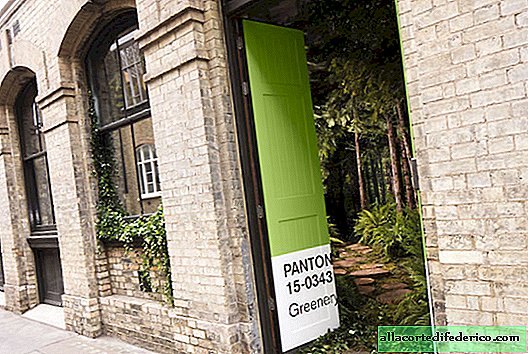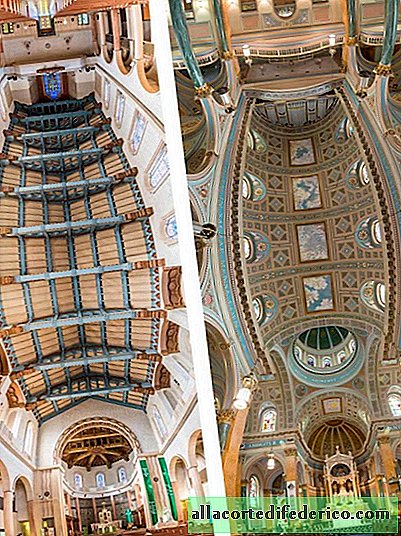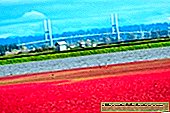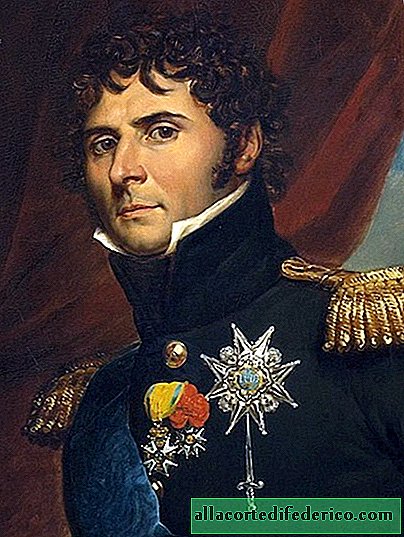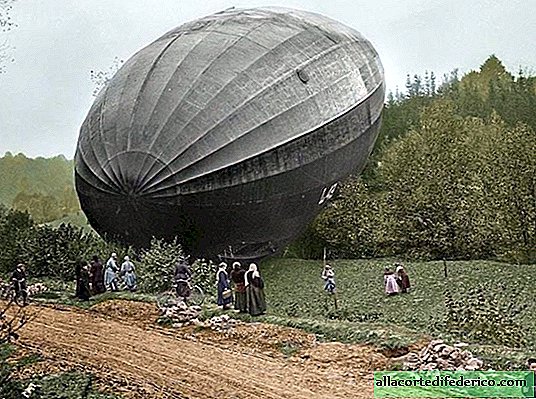Alphonse Mucha, Gilbert Stewart: who created the most beautiful bills in history
Love to consider money?
Money is not only useful, but also wonderful. Most of us are primarily interested in their face value, but, in addition, they are works of art. Many prominent brush masters did not hesitate to make money. From the "founder of modernism" Alfons Mucha to the American Gilbert Stewart. Let's not forget those authors and designers whose work was used to decorate banknotes in wallets.
Alphonse Mucha
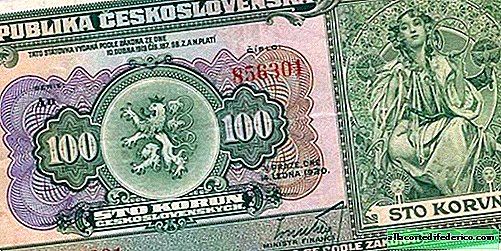 Author Alphonse Mucha
Author Alphonse MuchaWhen the country gained independence after the First World War, the artist was called upon to develop an important part of the identity of any country - money. He created the image of a new independent Czechoslovakia. He created a unique style that embodied the traditions of the country. His banknotes were made in the style of Art Nouveau. It is noteworthy that the artist used his signature elegant patterns; this was an excellent means of protection against fakes. This was not on the banknotes of other countries.
In 1923, on a 50-crown bill, he depicted the Masonic signs of the hammer, the sun). And this is no coincidence. When Alphonse Mucha was in Paris, he became a Freemason; on his money, Masonic symbolism arose earlier than at all. A few years before the American dollar and 83 years before the Ukrainian hryvnia (500 hryvnias).
 Author Alphonse Mucha
Author Alphonse Mucha  Author Alphonse Mucha
Author Alphonse MuchaGilbert Charles Stewart
Since we remembered about the dollar .... Remember President George Washington on a one-dollar bill? The author of this portrait is Gilbert Charles Stewart (1755-1828). This man was running away from debt all the time. He was torn between two countries - England and America. He never finished a portrait of the founding father of the United States. This most famous work of his was begun in 1796.
 Portrait of George Washington. Gilbert Stewart Author
Portrait of George Washington. Gilbert Stewart AuthorDespite financial difficulties, yet luck did not leave him. In England, his paintings were more expensive than the paintings of Gainsborough and Reynolds. In America, he became one of the leading portrait painters. The artist painted over 1000 portraits. Of these, 6 are US presidents. But this did not help him in any way. When Gilbert died, the family found that they did not even have money for a funeral. He was buried in a common grave.
Ivan Dubasov
The name of the one who painted the Soviet rubles was kept secret for a long time. Like everything else in the Soviet Union.
 Author Ivan Dubasov
Author Ivan DubasovSo, Ivan Ivanovich Dubasov (1897-1988). The main artist of the state sign, the author of almost all Soviet banknotes (since 1923, together with other artists), state awards, postage stamps. He was one of those who invented the coat of arms of the Soviet Union. A curly scarlet ribbon is his complement. In addition, he created money for half of the countries of the socialist camp - Mongolia, Czechoslovakia, Poland, East Germany.
 Author Ivan Dubasov
Author Ivan DubasovIn 1913, he won a competition among the pupils of the Imperial Stroganov School for the best illustrations for the Gospel, and in 1919 he already enrolled in the Red Army. In 1922, he was demobilized and soon became one of the first Soviet billionaires. It happened so. The newspaper Izvestia held a competition for the best design of a postage stamp dedicated to the October Revolution and the formation of a new state of workers and peasants. They paid 1 billion rubles for the first place, 300 million for the second, and 200 million for the third. Dubasov decided to take part and won. With this money, he bought clothes and boots for his mother. But the main thing was not that. Among the jury members were representatives of Goznak, and they invited him to work.
 Author Ivan Dubasov
Author Ivan DubasovFor his work, Ivan Ivanovich was awarded the Orders of Lenin, the "Labor Red Banner", the Order of the Badge of Honor. In general, those awards that he painted.
 Author Ivan Dubasov
Author Ivan DubasovFrench bills
Very beautiful french money. The list of creators who painted them has more than two and a half dozen names. The first of these is Francois Flameng (1856-1923). He painted the Sorbonne and the Opera Comic Theater. Francois was known as a portrait painter and battle painter. His work is considered by many to be realistic evidence of the First World War.
He created a banknote of 1000 francs.
 Author Francois Flameng
Author Francois FlamengBut the bankers refused to print it. They were afraid of public reproaches that even rich people print expensive money for the rich. And the bill was really not so cheap in execution - four colors were used. Nevertheless, the design was subsequently used on 5000 banknotes.
 Author Francois Flameng
Author Francois Flameng  Author Francois Flameng
Author Francois FlamengAnother talented French artist is Henri Clement-Servo (1886-1972). He was a designer, engraver, illustrator. He was fond of new artistic movements, then created realistic works, experimented with forms, abstract art, created a large number of murals, decorated state buildings. Drew banknotes for the Bank of France. Received many medals for illustrations to books. He has accounted for more than 40 publications.
 Author Henri Clement-Servo
Author Henri Clement-Servo  Author Henri Clement-Servo
Author Henri Clement-ServoIn 1936 he was awarded the Legion of Honor.
English banknotes
English money was created by Harry Eccleston. He himself painted portraits of the outstanding geniuses of English history - Newton, Shakespeare, Queen Elizabeth II.
 Author Harry Eccleston
Author Harry EcclestonEuro creation
The euro was invented by Robert Kalina. He worked for a long time as a designer at an Austrian state bank. Austrians affectionately call the European currency "Kalinka". They are very proud that it was their compatriot who came up with the design of European money. Robert won the competition announced by the European Monetary Institute. His project, which he called "Epochs and Images of Europe", turned out to be the best among the forty-four announced.


